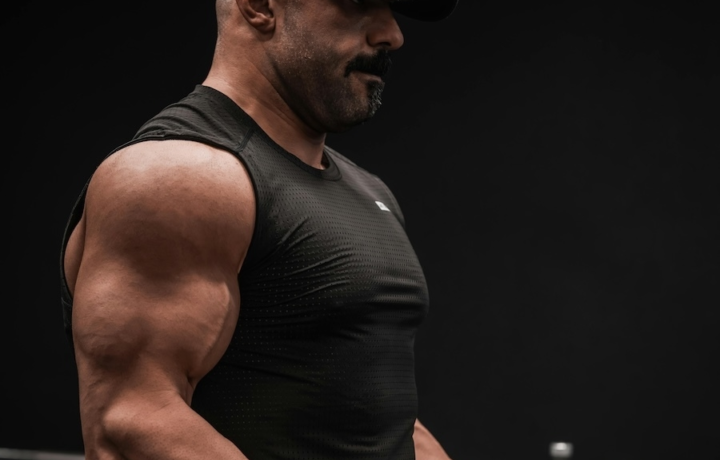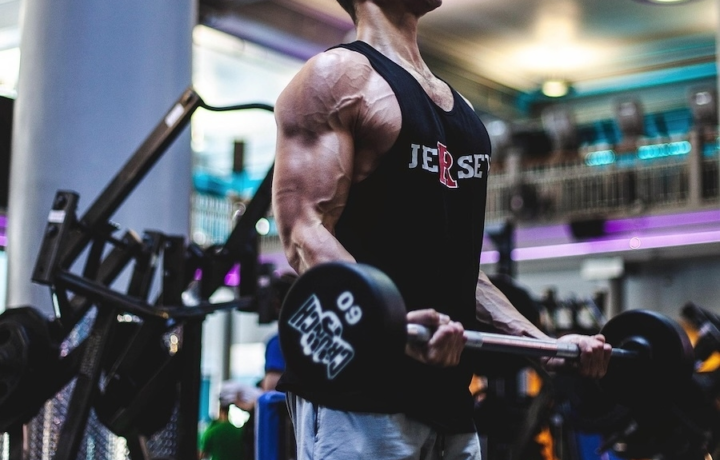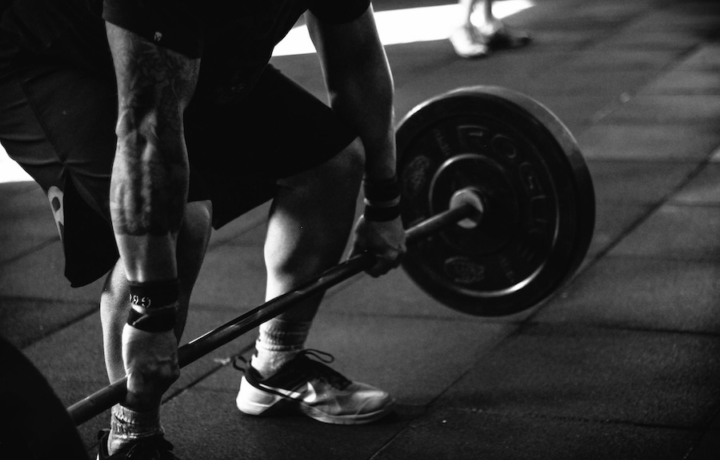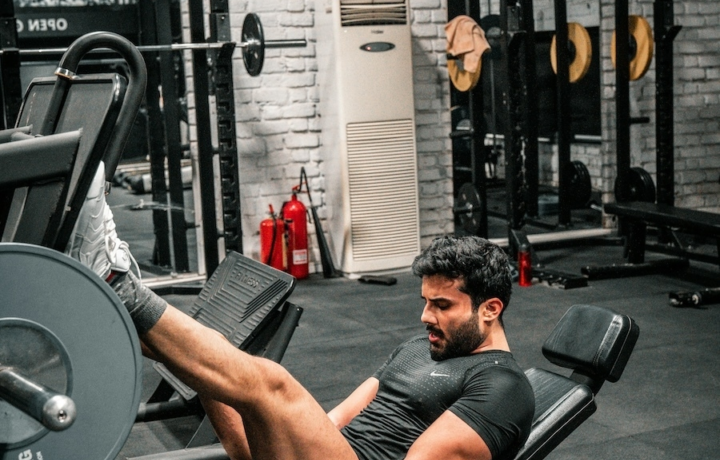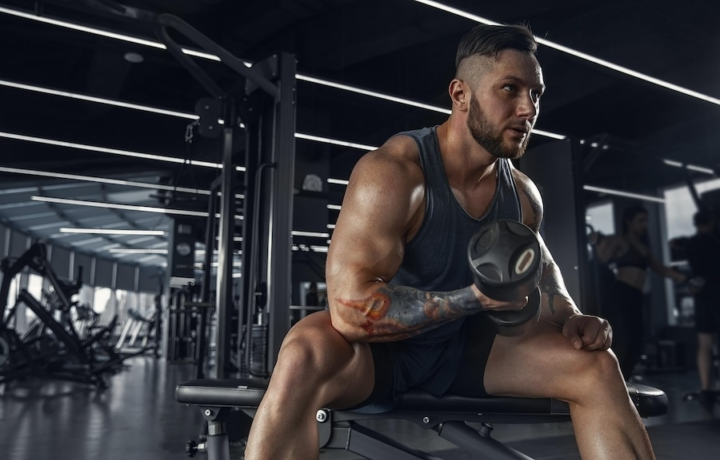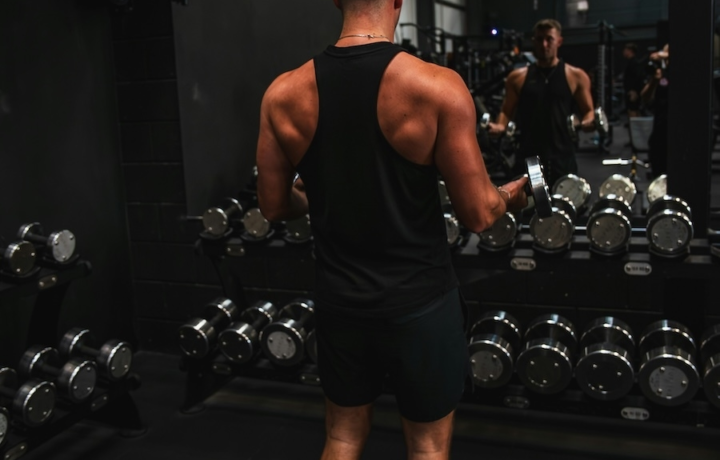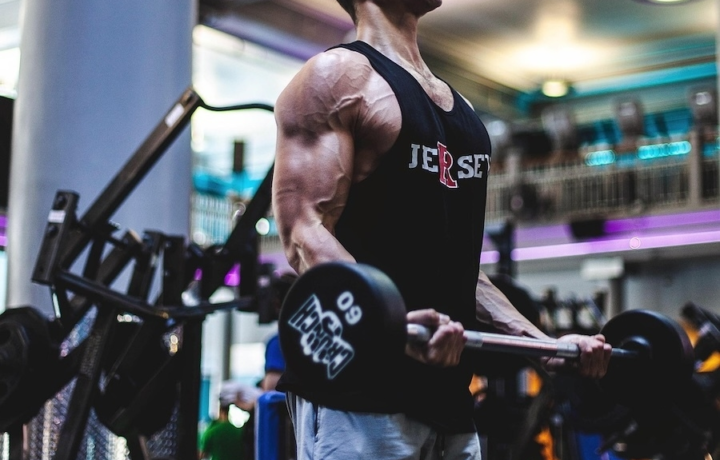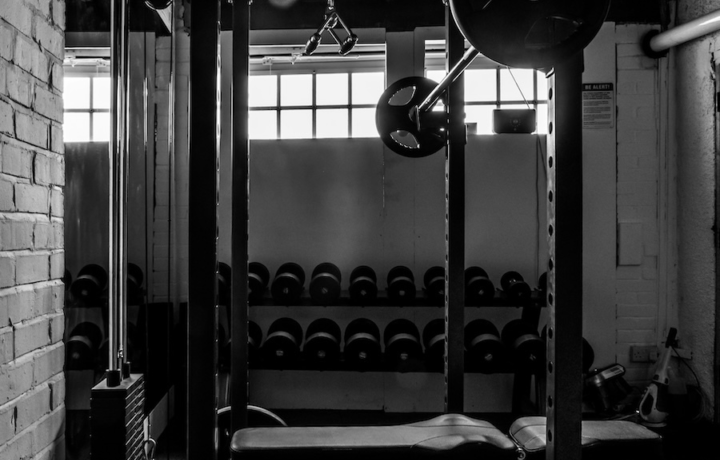Strengthen your grip & power your performance
Best Forearm workouts
Your forearms play a critical role in almost every upper body movement: yet they’re often neglected in training. These workouts focus on building muscular endurance, grip power, and definition in the forearm flexors and extensors. Whether you’re lifting heavy, climbing, or just want stronger hands and wrists, forearm training supports better performance and injury resistance across the board.
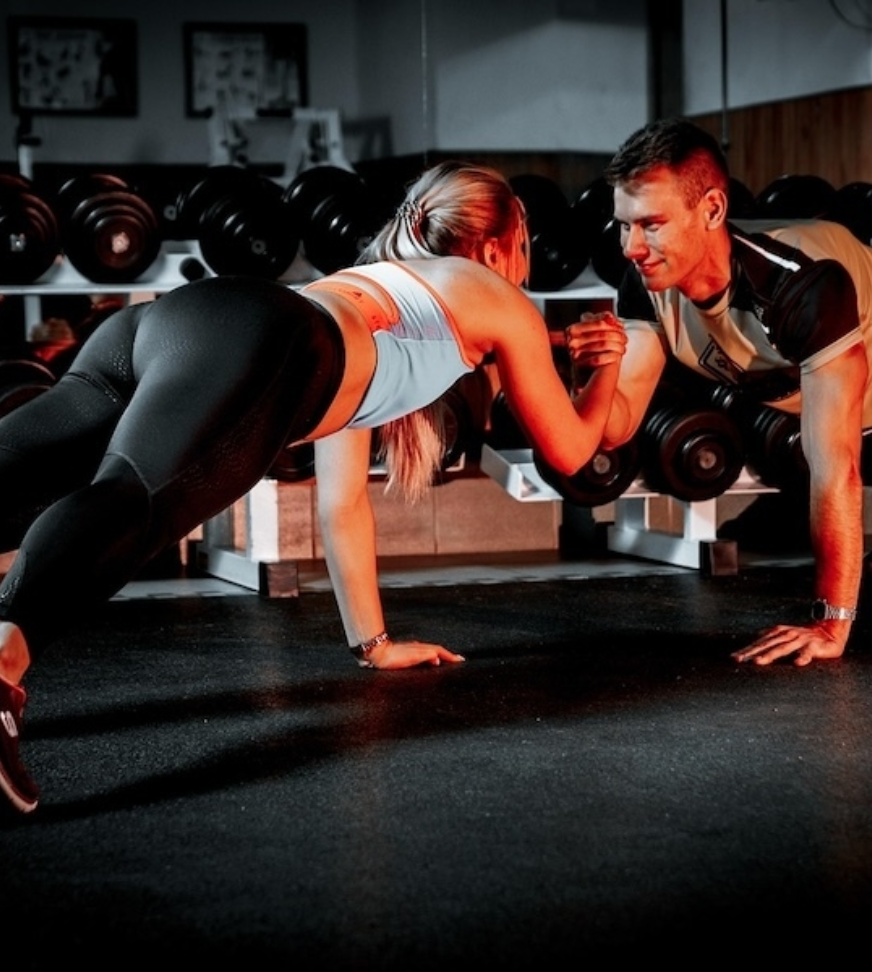
Workout 1 Forearms (Foundation)
This workout gives you stronger, more defined forearms with simple, proven moves. Wrist curls and reverse curls build strength and muscle on both sides of your forearms, while farmer’s walks add real-world grip power and endurance. Perfect if you want better grip for lifting, sports, or everyday tasks, while also building forearms that look solid and powerful.
Train your grip, protect your joints and support total upper body strength
The benefits of forearm workouts
Stronger forearms improve your ability to hold, lift, and stabilize weight. They enhance your grip for deadlifts, pull-ups, rows, and pressing movements, and help prevent overuse injuries in the wrists and elbows. Consistent forearm training also supports athletic performance in sports like tennis, climbing, and martial arts: and contributes to a more balanced and complete arm appearance.
Built for progress
Take the guesswork out of training
Create personalized AI-powered workout plans that evolve with you. Train smarter, track every rep and keep moving forward, one workout at a time.






Workout 2 Forearms (Grip strength focus)
This workout zeroes in on grip power and forearm size. Dumbbell wrist curls and barbell wrist curls build muscle endurance in your forearms, while hammer curls train both grip and arm thickness. Perfect if you want a stronger hold for deadlifts, pull-ups, or carrying heavy weight, and forearms that look as strong as they feel.
Grip stronger, lift heavier
Ready to train smarter?
You’ve just explored some of the most effective forearm workouts: perfect for improving grip strength, wrist stability, and overall arm development. With the app, you can build these into your training plan to support better lifts and more balanced results.
Frequently asked questions: best Forearms workouts
The most effective forearm exercises include wrist curls, reverse curls, and farmer’s carries. Wrist curls target the flexor muscles, while reverse curls hit the extensors and also involve the brachioradialis. Farmer’s carries challenge grip strength and endurance by forcing your forearms to maintain control under load. Plate pinches, wrist rollers, and barbell holds are also excellent additions to build strength, definition, and muscle endurance in the lower arms.
Yes, forearms can be effectively trained without traditional gym equipment. Bodyweight exercises like dead hangs from a bar or towel rows can target grip and endurance. You can also do isometric holds with household objects such as water jugs or bags of rice. Even simple movements like squeezing a towel or carrying loaded grocery bags for distance help activate forearm muscles and improve strength over time.
Yes, forearm exercises are one of the best ways to improve grip strength. Movements like farmer’s carries, plate pinches, and static barbell holds directly train your ability to grip and hold weight for extended periods. Strengthening the forearms also supports better control in compound lifts like deadlifts and pull-ups. A stronger grip can translate to improved performance across many other exercises and reduce injury risk in the wrists and elbows.
You can train your forearms 1–3 times per week, depending on your overall program and how much indirect volume they already receive from other lifts like pull-ups, deadlifts, and rows. If your main lifts already involve significant grip work, 1–2 focused sessions might be enough. If grip is a weakness or you're specifically aiming to grow your forearms, consider adding isolation exercises or loaded carries more frequently, using moderate volume to avoid overtraining.
Train smarter with weekly plans
Routines for Forearm training
Explore more training variations






